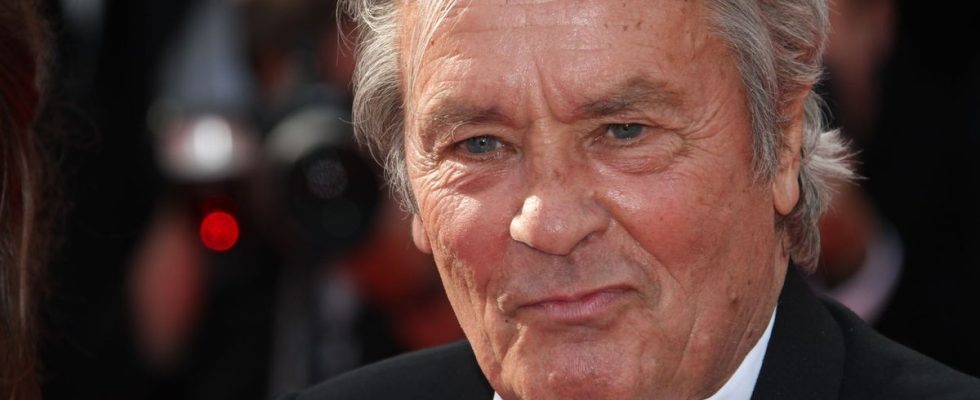Published on
Updated
Reading 3 min.
in collaboration with
Dr Christophe de Jaeger (Longevity and geriatrics)
It is a conflict that is tearing the Delon clan apart: the state of health of Alain, the father of Anthony, Anouchka and Alain-Fabien is said to be declining and his mental faculties altered. To the point that placing the former actor under legal protection is being considered. What does that mean ? Explanations from Dr Christophe de Jaeger, member of the Doctissimo expert committee.
Does Alain Delon need to be placed under judicial protection, due to a failure of his mental faculties? This is what his eldest son Anthony seems to be saying, who recently published an email from the Montargis prosecutor, addressed to his lawyer, via his Instagram account. We can read there that Alain Delon would have undergone a “medical expertise” which, according to its conclusions, would suggest that the former actor presents “totally abolished discernment”. Hence the fact that “the opening of a procedure for placing under judicial protection” is being considered.
What does this type of procedure consist of?
Questioned, Dr. Christophe de Jaeger, medical physiologist and member of the Doctissimo expert committee, knows the subject particularly well since he was for many years a medical expert appointed by protection litigation judges, formerly called judges. of guardianship. “This type of protection measures are put in place to protect adults with difficulties in discernment, who could be abused by relatives or other people. first defines the doctor. “Tests are then carried out by a doctor in order to establish discernment and judge the cognitive functions of the person in question”. The tests carried out are simple: it involves looking at the subject’s spatial or temporal orientation, their different types of memory, etc.
A decision made based on these tests (but not only)
The results allow the doctor to make a report to the judge who will have referred it. In this document, the doctor details the subject’s results and concludes whether or not judicial protection is necessary. “If the person has good test results, there is no need to protect them, otherwise, protection may be recommended” adds the doctor. “In all cases, the final decision rests with the guardianship judge..
In some cases, the person is cognitively well but will still require a protective measure. “This is the case for people weakened by a pathology such as depression, for example or any other disease. They are then under influence and have difficulty saying no to the people around them, in the event of repeated requests..
What are the three existing types of protection?
The request for protection is generally initiated by relatives of the person concerned, or sometimes by an external worker such as a social worker, for example, when a pathology, an accident, a disability or aging renders the person incapable of defending its own interests. As stipulated in article 415 of the Civil Code, “adults receive the protection of their person and property that their condition or situation makes necessary.”
The request is made to the District Court of the place of residence of the subject concerned. The person can then be placed under three types of protection, depending on their condition. There is guardianship, curatorship or legal protection.
- Guardianship is the most restrictive form, because it signals a loss of autonomy. “All people under guardianship depend on their guardian, who may be one or more, chosen among relatives as a priority, when the family is not torn apart. further indicates Dr Christophe de Jaeger. “In the event that conflicts tear the family apart, a representative will be appointed as guardian.. Guardianship can last between five and twenty-five years at most and the “designated guardian will have to report to the judge on the expenses incurred annually or more frequently, depending on what the judge decides” the doctor further specifies;
- Curatorship is a less restrictive form of protection. “It means that the person must seek the advice of the curator before making important decisions. explains the doctor. There are several degrees of curatorship: simple, reinforced or modified. These different degrees limit more or less the acts that the person to be protected can perform;
- Finally, safeguarding justice is a kind of emergency measure. It can be decided quickly by a judge, while waiting for guardianship or curatorship to be put in place. There is medical safeguard, initiated after a doctor’s declaration to the public prosecutor’s office, and judicial safeguard, which is requested by a third party (close or relative) or by the prosecutor. It makes it possible to limit the possibility of the person carrying out certain acts, reserved for the agent alone. The duration of a backup is one year maximum, which can be renewed once.
